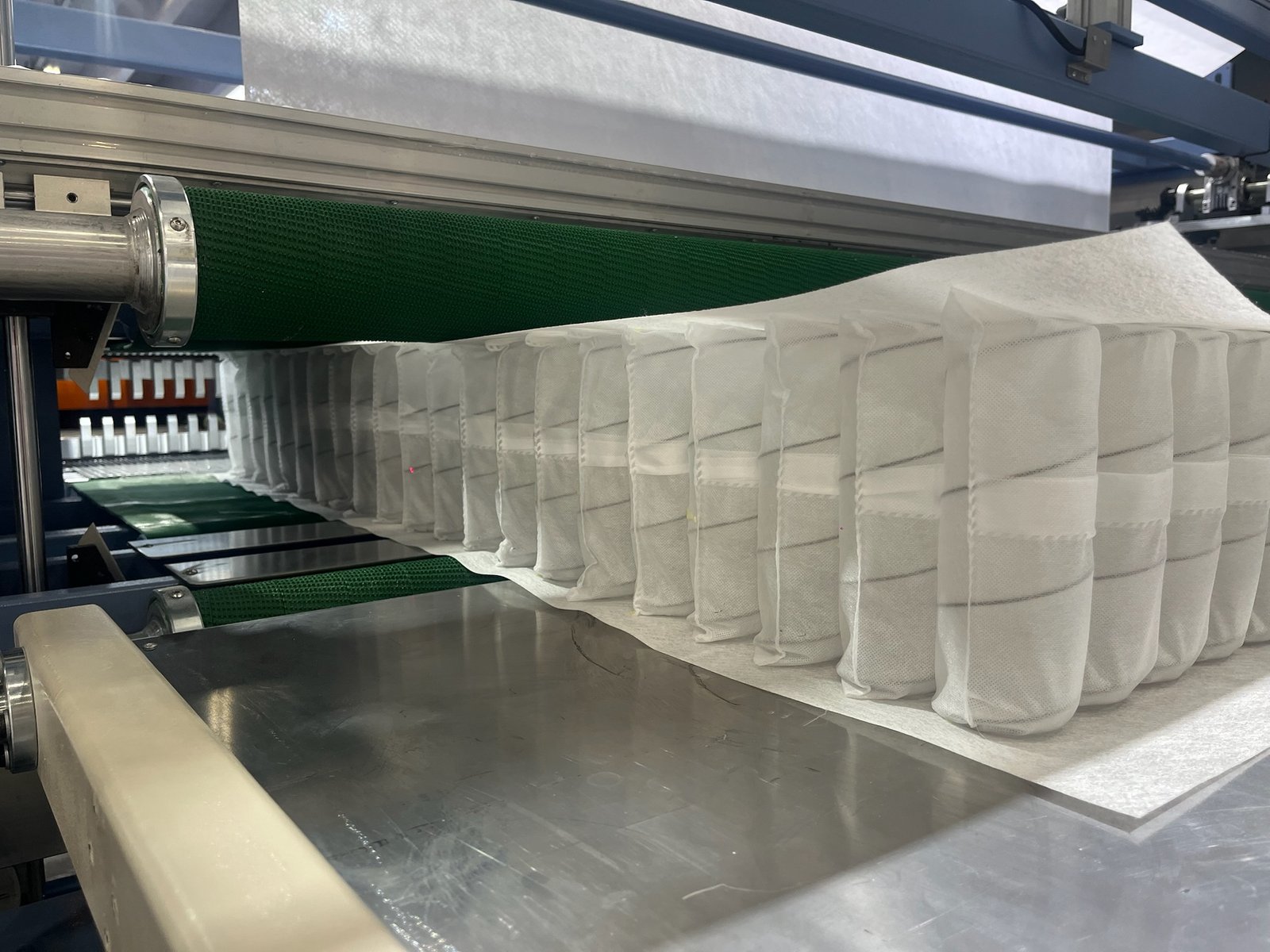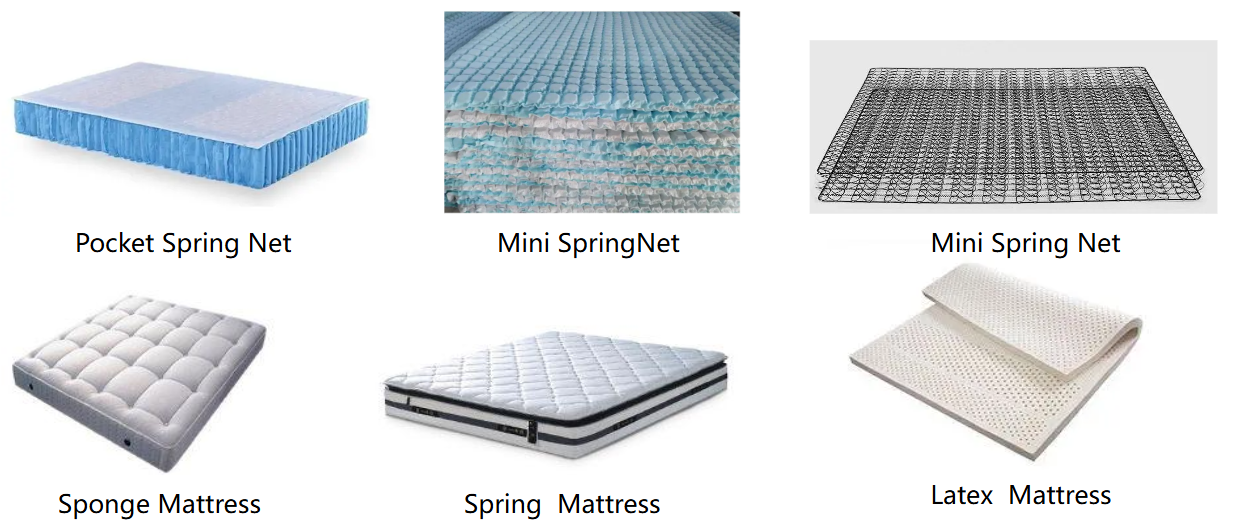
Every mattress factory relies on spring machines for stable output—but few are prepared for the real operational challenges.
The most common challenges include machine maintenance, calibration precision, safety issues, material inconsistencies, labor shortages, and balancing quality with speed.
I’ve seen these problems firsthand while helping factories in Southeast Asia scale production. Understanding them is the first step to fixing them.
Why Do Machines Break Down So Often?

Downtime equals lost orders.
Spring machines are high-speed and high-stress. Without daily maintenance, issues build up fast—belts wear, nozzles clog, sensors misalign.
The solution?
- ✅ Daily cleaning and oiling schedule
- ✅ Spare parts stock onsite (especially wire feeders, cutters, belts)
- ✅ Preventative maintenance every 1–2 weeks
Create a simple checklist for operators to follow each shift.
How Do We Ensure Spring Precision?
A few millimeters off, and the whole mattress feels off.
Pocket spring height tolerance must stay within ±1mm. If calibration drifts, you’ll produce defective units that ruin your brand reputation.
Common calibration issues:
- Worn gears or coil formers
- Poor wire tension control
- Software misconfiguration
To fix this:
- Calibrate machines weekly using measurement tools
- Train operators to catch inconsistencies visually
- Use auto-correction software if available
Precision saves you from customer complaints—and product returns.
Is Operator Safety Being Ignored?
Machines with sharp cutters and fast-moving arms are risky.
Common hazards:
- ❌ No emergency stop button near loading area
- ❌ Exposed wire cutters
- ❌ Heavy manual lifting of spring rolls
Protect your team with:
- 🟥 Emergency stops and alarm sensors
- 🦺 Mandatory PPE (gloves, goggles, ear protection)
- 🛠️ Safety covers on moving parts
Also consider ergonomic upgrades like lifting jigs and roll carts to reduce back injuries.
Does Material Quality Affect Machine Performance?
Absolutely.
Low-quality or inconsistent wire causes jams, tension problems, and poor coiling.
Checklist for raw materials:
| Material Type | Common Issues | Prevention Tip |
|---|---|---|
| Low-carbon wire | Breaks or kinks easily | Only use high-carbon tensile wire |
| Coils with rust | Increases friction | Store wire in dry, covered warehouse |
| Off-round diameter | Irregular spring shape | Measure coil roundness before loading |
Build strong relationships with wire suppliers, and test each batch before loading.
Why Is Skilled Labor So Hard to Retain?
Mattress spring machines aren’t plug-and-play. Operators must understand:
- Wire tension settings
- Coil configuration changes
- On-the-fly problem solving
But many factories struggle to find or keep skilled operators.
Tips to build a stable team:
- Offer paid certification or factory-based skills training
- Create incentive programs based on output quality
- Promote experienced operators to team leaders or trainers
A skilled team = fewer breakdowns, better product, higher output.
How Do We Balance Speed and Quality?
Everyone wants more pieces per hour—but pushing machines too fast creates errors.
Common symptoms of over-speeding:
- Miswrapped coils
- Inconsistent spring height
- Tangled output rolls
Fix this by:
- Setting a realistic spring-per-minute target based on machine model
- Running regular test batches at different speeds
- Prioritizing stable output over maximum speed
Fast isn’t helpful if 20% of your coils need rework.
What’s the Impact of Environmental Conditions?
Wire and machinery are sensitive to heat, dust, and humidity.
Here’s what we’ve seen in tropical regions:
- 🔥 High heat loosens tension settings
- 💧 High humidity causes wire rust
- 🪵 Dust clogs lubrication lines and sensors
To protect your machines:
- Install basic climate control in machine rooms
- Use dehumidifiers near wire storage
- Clean machines daily with air compressors or vacuums
A clean, dry workspace improves both machine life and spring consistency.
Why Is It Hard to Keep Up with Tech Upgrades?
Many older machines still run on outdated control systems.
Problems include:
- No touchscreen interface
- Manual setup for each order
- No integration with rest of production line
Upgrading isn’t always expensive. Ask your supplier if your model can be:
- 🔄 Retrofitted with servo motors
- 💻 Connected to auto-gluing or auto-assembly machines
- 🧠 Upgraded with digital controls or auto-feeders
Smart upgrades = less manual work and fewer errors.
How Do You Control Operational Costs?
Breakdowns, slow output, rework—all increase your cost per unit.
Track your performance using:
| Metric | Target Benchmark |
|---|---|
| Coil cost per 100 pcs | <$5 (including labor and wear) |
| Daily downtime (minutes) | <30 mins/day |
| Rejected spring rate | <2% |
Use KPIs like these to find and fix your cost drains.
How to Stay Compliant with Safety and Quality Standards?
As your exports grow, you may face new certifications or audits.
Checklist:
- ✅ CE safety compliance
- ✅ Quality logs for each batch
- ✅ Operator training records
- ✅ Maintenance documentation
Keeping good records protects your brand when big customers audit your factory.
Conclusion
Operating mattress spring machinery is more than just pressing start.
You need proper maintenance, skilled staff, good materials, safety protocols, and constant calibration to keep output consistent.
Recognizing these challenges is the first step toward building a smarter, more efficient mattress production l
